Vertigo Shot and Fake Miniatures
CS 194-26 Final Project · Arnav Vaid
Part 1: Vertigo Shot
Theory
The dolly zoom is a cinematography technique used to create a dizzying effect by keeping an object in focus while moving away from it and zooming to keep the proportion the object is in the image. To simulate this effect, I took several pictures of objects while backing away and zooming appropriately.
Results
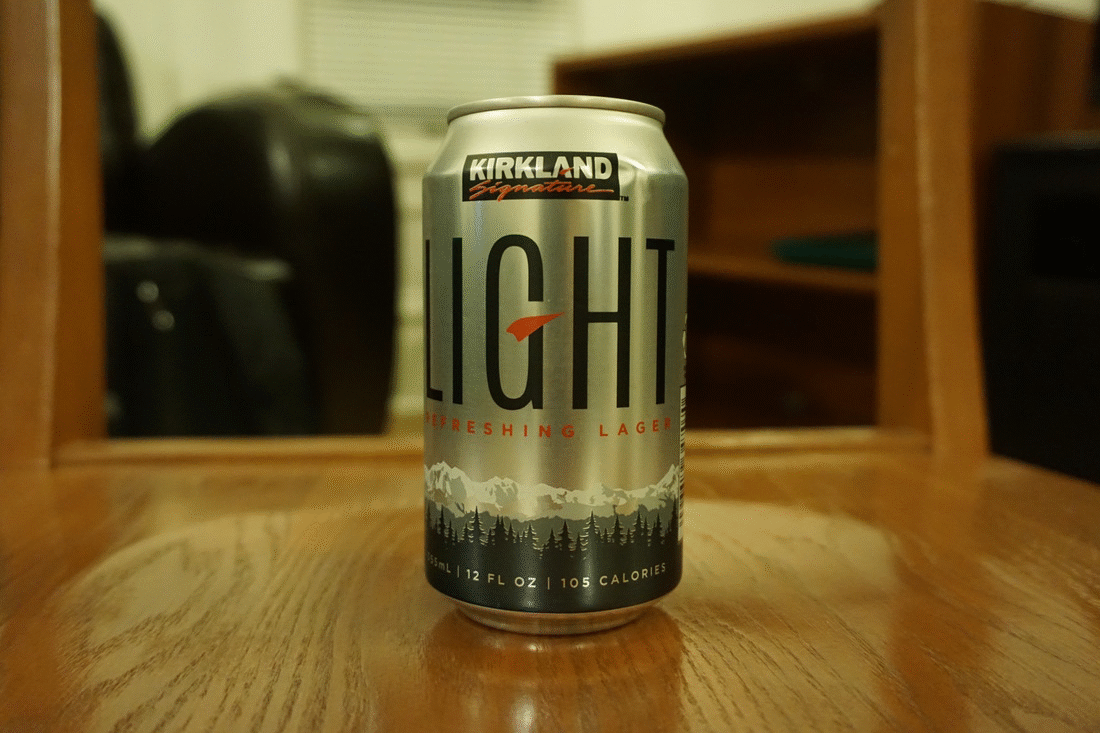 beer beer |
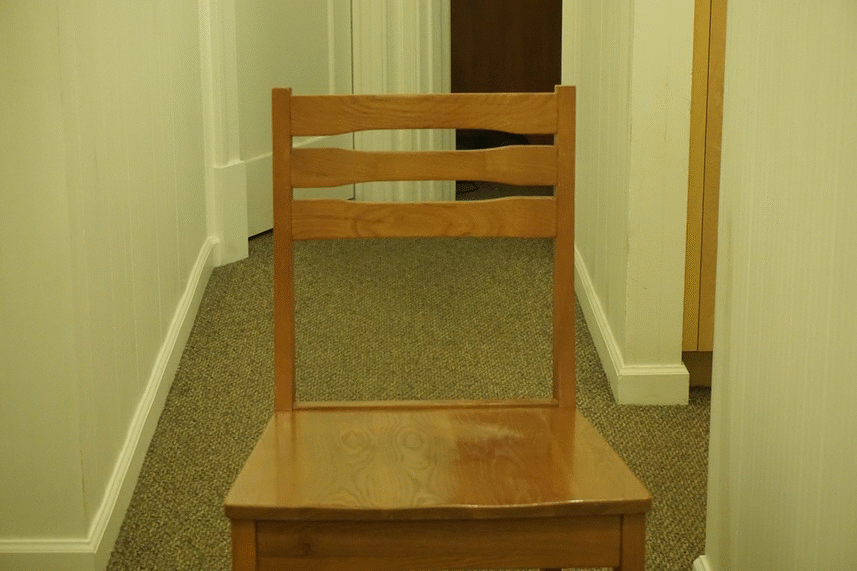 chair chair |
An issue I encountered was keeping the angle of view of the object constant over images. You can see that the last frame of the beer gif has a slightly different angle than the rest.
Part 2: Fake Miniatures
Theory
We can make landscape images look like miniature sets by simulating the effect of a limited depth of field. To achieve this, first we let the user specify a line of focus and whether they want a vertical or horizontal effect. Next, I generate a gaussian stack where the sigma value changes by roughly 0.75 every time. From there, I generate a set of masks that mask out slits of the image that are of increasing distance from the selected area of focus. I applied a gaussian filter to these masks to get blurred masks. Finally, I apply the blurred masks to their corresponding layer in the gaussian stack. This makes parts of the image that are further from the focused portion more blurrier. Finally I stitch these masked gaussian stacks together to get the final image. I also applied 50% saturation increase to give a more "fake" effect.
Results
Results were varied depending on the images - I found more complicated images gave worse results since it made the seams of the image more obvious. This is most evident in the picture of Toronto. The first 3 images I found off the internet, while the rest I took during a trip to London.
Toronto
 Before Before |
 After After |
Village
 Before Before |
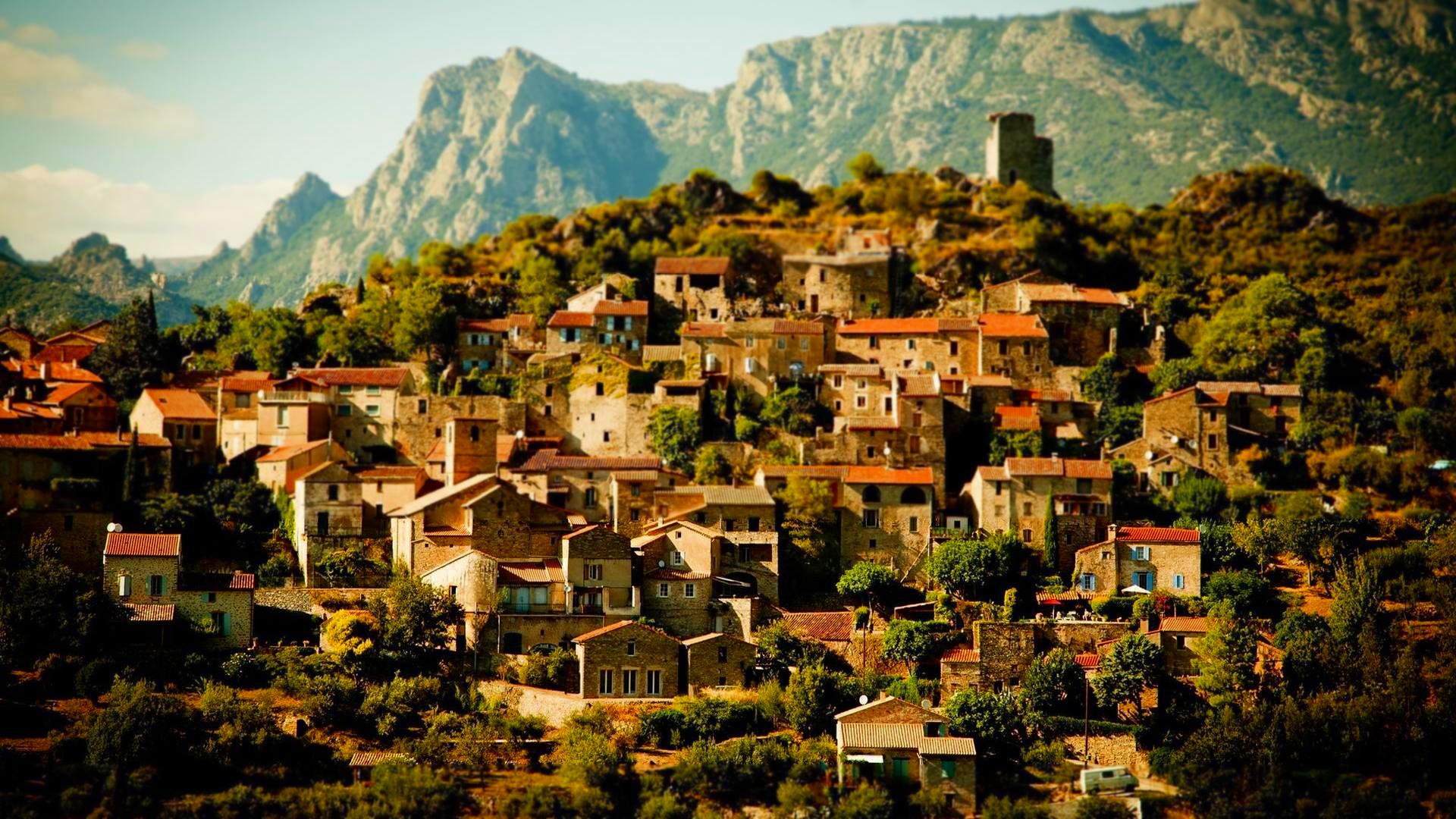 After After |
Suburb
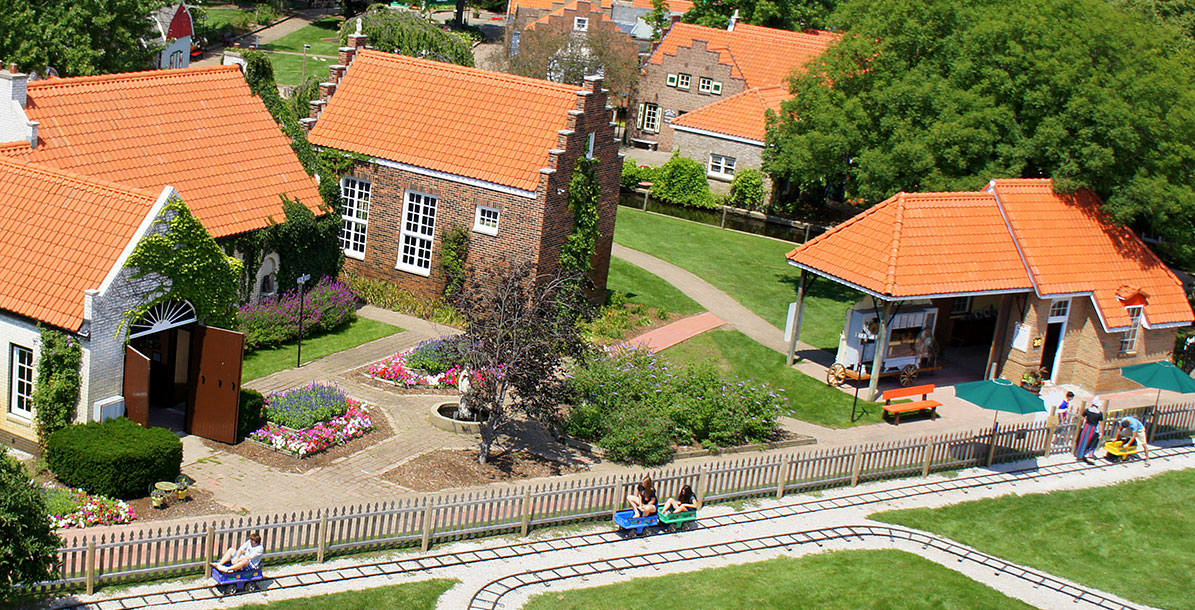 Before Before |
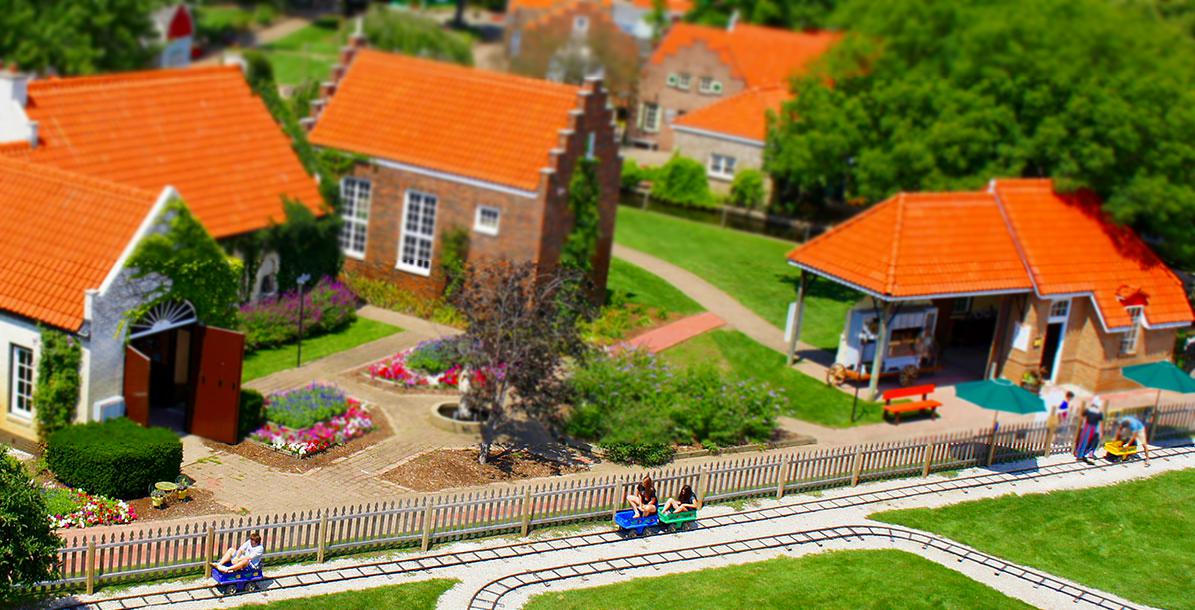 After After |
London 1
 Before Before |
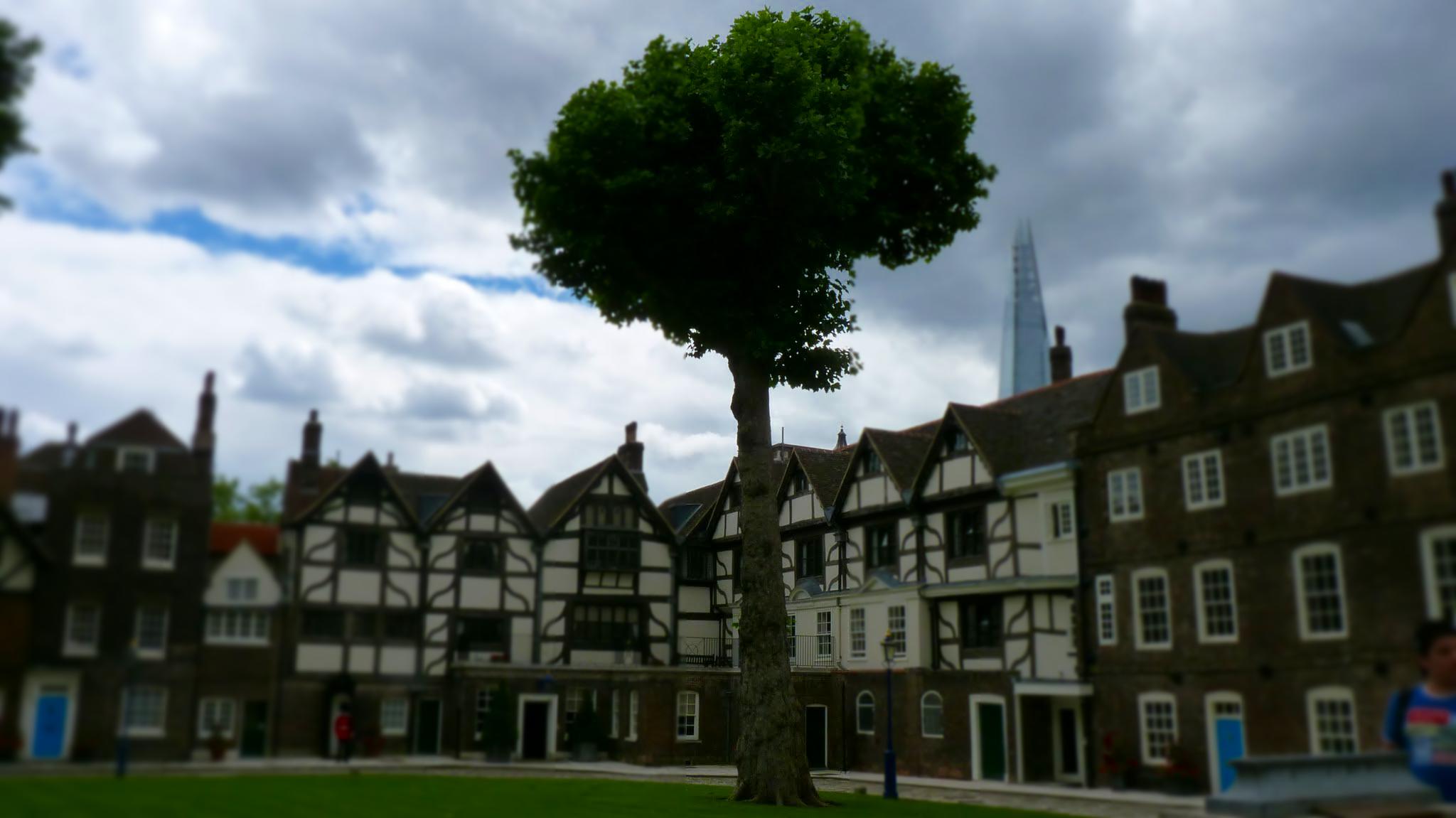 After After |
London 2
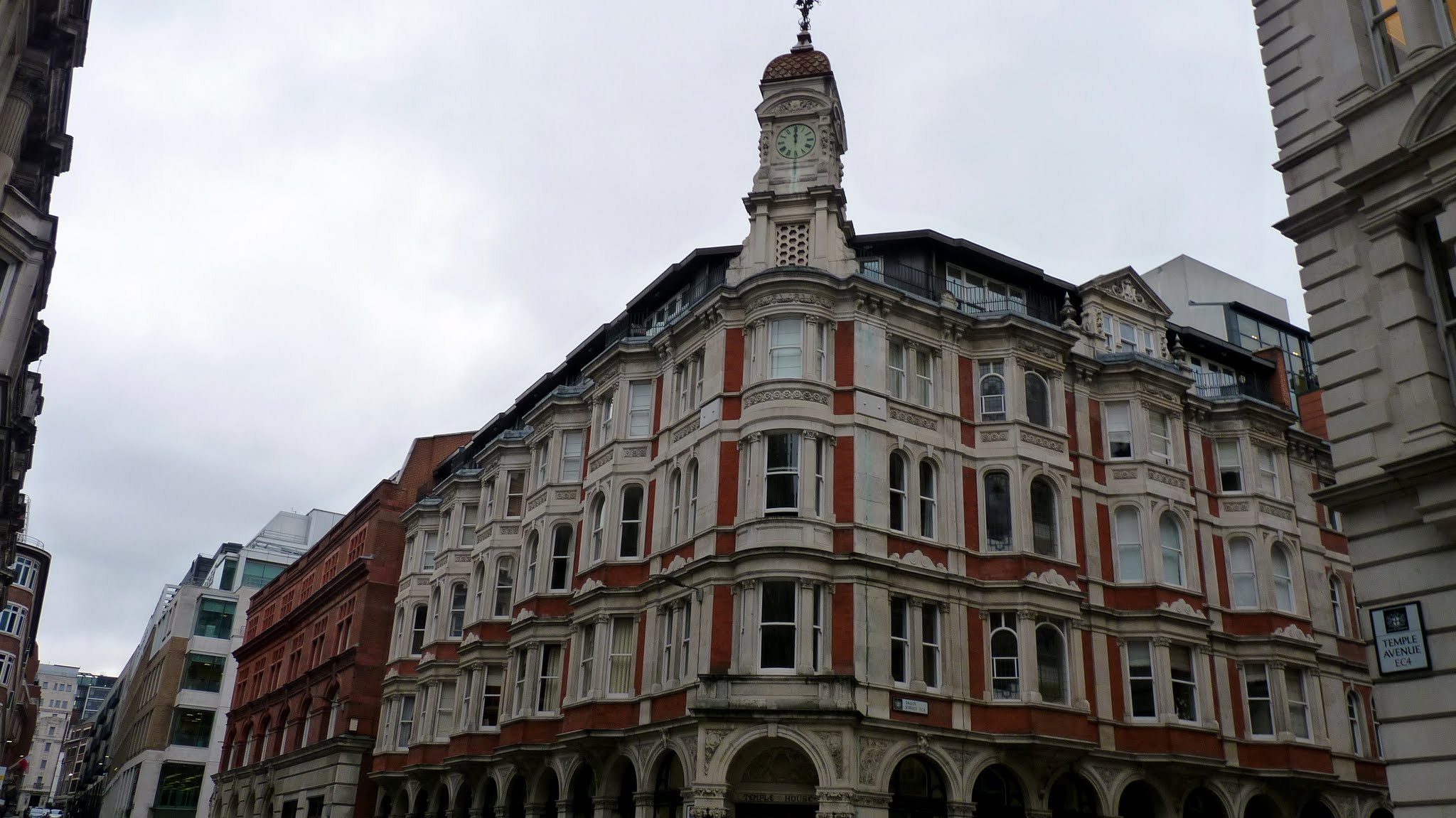 Before Before |
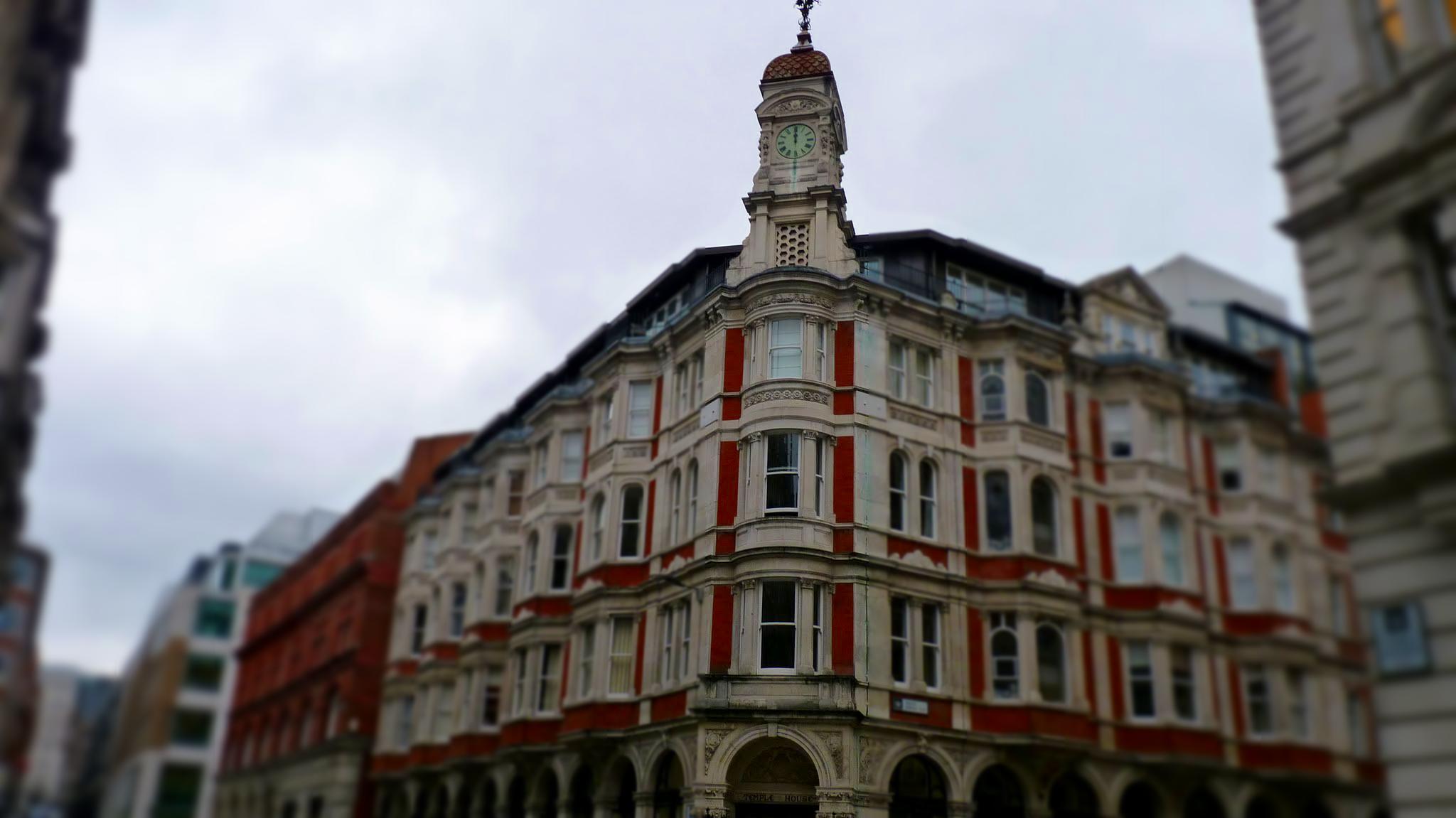 After After |
London (Cathedral)
 Before Before |
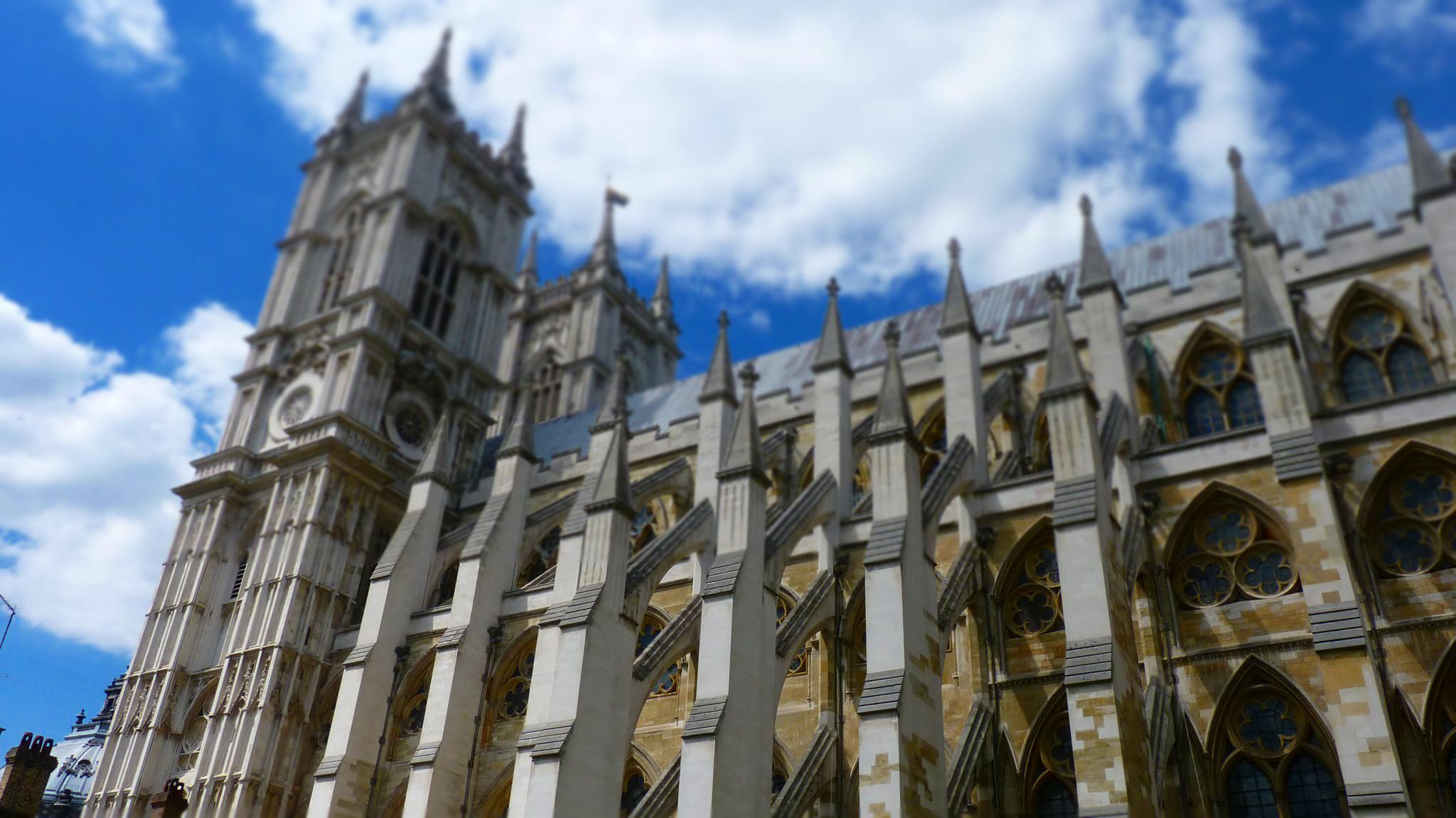 After After |
Conclusion
I found the Fake Miniatures project most fun to do. Overall, I'm glad I took this course to understand the basics of image processing and common practices (image pyramids, HSV, Gradients, etc.). Thanks for a great semester!